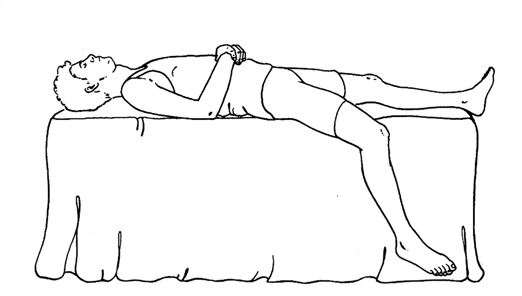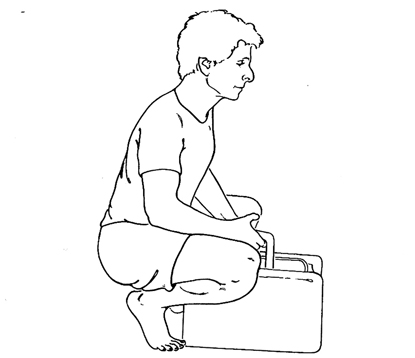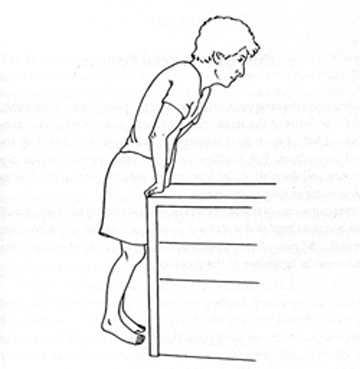
Yesterday, several people called my Columbus Circle office with urgent appointment requests. It turned out three of them had a common, suddenly severely painful condition some doctors don't believe exists -- sacroiliac joint derangement.
Like several other back problems, sacroiliac joint derangement is
Anatomy
The sacroiliac joints are on each side of your back, a little below the waist and in line with your kidneys. All our upper body weight, all our twisting, lifting and other movements must be supported by them. Because of their structure and placement, these joints need powerful ligaments to hold them in the proper position.
The three-dimensional structure of the SI joint is complex and irregular, and it works like a complicated key in a lock with many notches and tabs that must fit exactly into one another. The normal range of motion of this joint is very small -- so small it must be measured in millimeters. But when it is out of alignment, it is extremely painful. Unfortunately, when it is out of alignment it doesn't easily return to its proper position the way a shoulder that has gone "out" may slide back where it belongs. Instead, the ligaments, whose strength is a powerful ally in strenuous activities when the joint is functioning normally, become formidable adversaries when it isn't, holding the joint in misalignment.
Symptoms and Self-Diagnosis
The pain of sacroiliac joint derangement, which occurs just below the small of the back, can change from side to side. Often the grinding or gnawing ache worsens with certain movements, such as lifting the feet when getting into or out of a car, reaching up while standing, bending down while knees are locked and getting out of bed in the morning. Twisting to one side hurts more than the other. Shifting your weight can help, but not for long. The pain can get worse all of a sudden, at any time of the day. One leg may feel shorter than the other. You might find it difficult to spread your legs apart. But there is never pain, numbness or unpleasant sensation going down the leg.
If you have pain in the small of your back when you lie on the bed and your leg hangs off on one side, you may very well have sacroiliac joint derangement. Carefully try this test on both sides.
What To Do
Get a diagnosis from a doctor who knows how to find this elusive condition through hands-on tests. One of these diagnostic tests is done when the physician places his or her thumbs on your pelvic bones just above and beside the sacrum. When you bend forward -- in both standing and sitting positions -- the doctor can feel the misalignment. Physicians like myself who are specialists in Physical Medicine and Rehabilitation, as well as some chiropractors, are often adept at diagnosing sacroiliac joint derangement.
Physical therapy can help you with strain/counterstrain techniques, muscle energy techniques and methods of intentional muscle fatigue,all of which can bypass the usual rigidity caused by bone displacement, and open up the possibility of manipulation to put the joint back in its proper place. Yoga and back care classes can also be useful.
Help Yourself By Lifting and Leaning Properly

Keep the object close to you; keep your torso over your feet throughout the process of lifting. Don't make the mistake of using your back muscles instead of the buttocks and thighs -- powerful muscles that are meant for use when people are hefting heavy weights. Bend your knees so that you have a solid foundation for your spine. Keep your trunk vertical, because when it's horizontal, the pressure against the lower back amounts to hundreds of extra pounds. Always keep the object you're lifting close to yourself, bend your knees and keep your back straight. Do the same thing when accepting a heavy object from someone else.

Stand so close you are almost touching a kitchen counter, desk, etc. Your feet should be comfortably apart. With palms facing away from body, lean forward slightly until your hands come to rest against the edge of the counter. As you lean forward, dig your elbows into your midsection so that your forearms support much -- but not all -- of your weight. Relax your abdomen. If you're leaning correctly you will feel a stretch in your lower back. You also may feel a click as your back slides into place. Lean for five to 20 seconds as often as you feel like it.